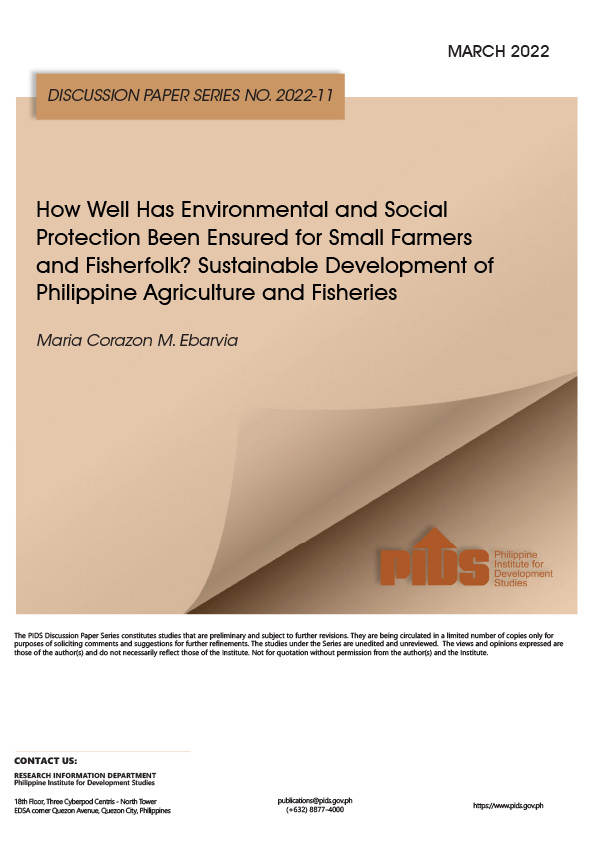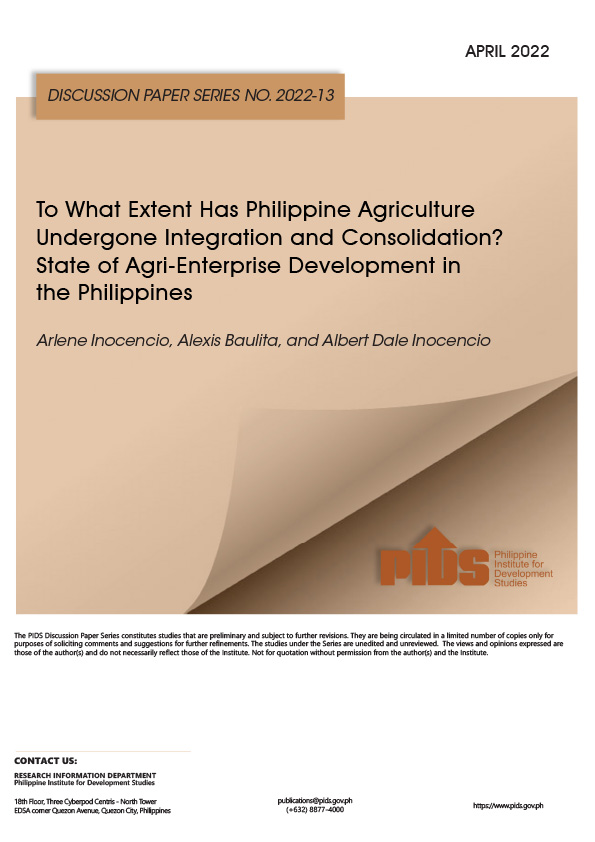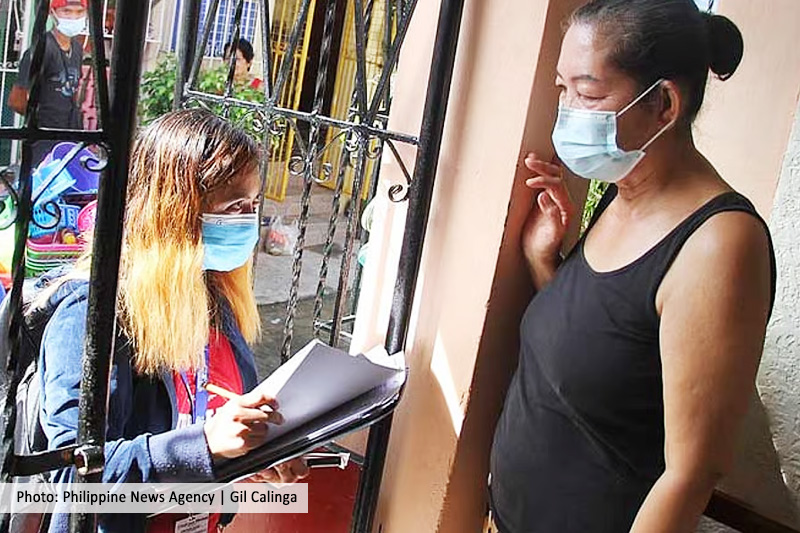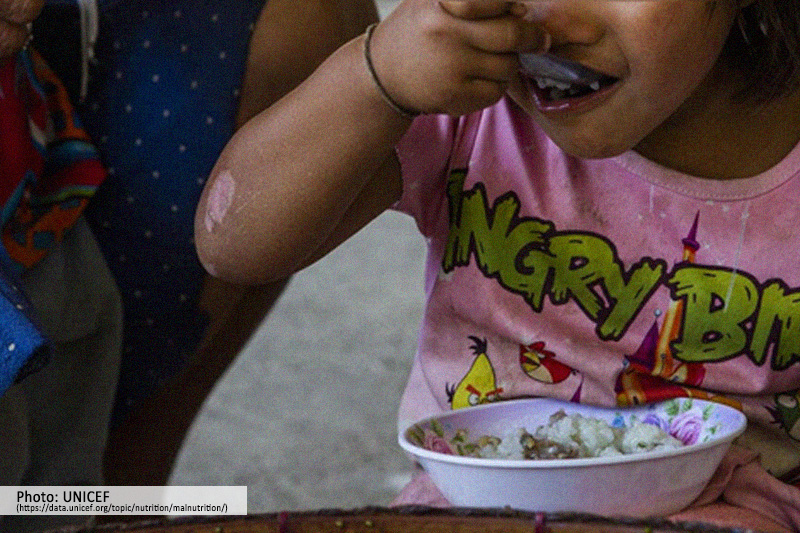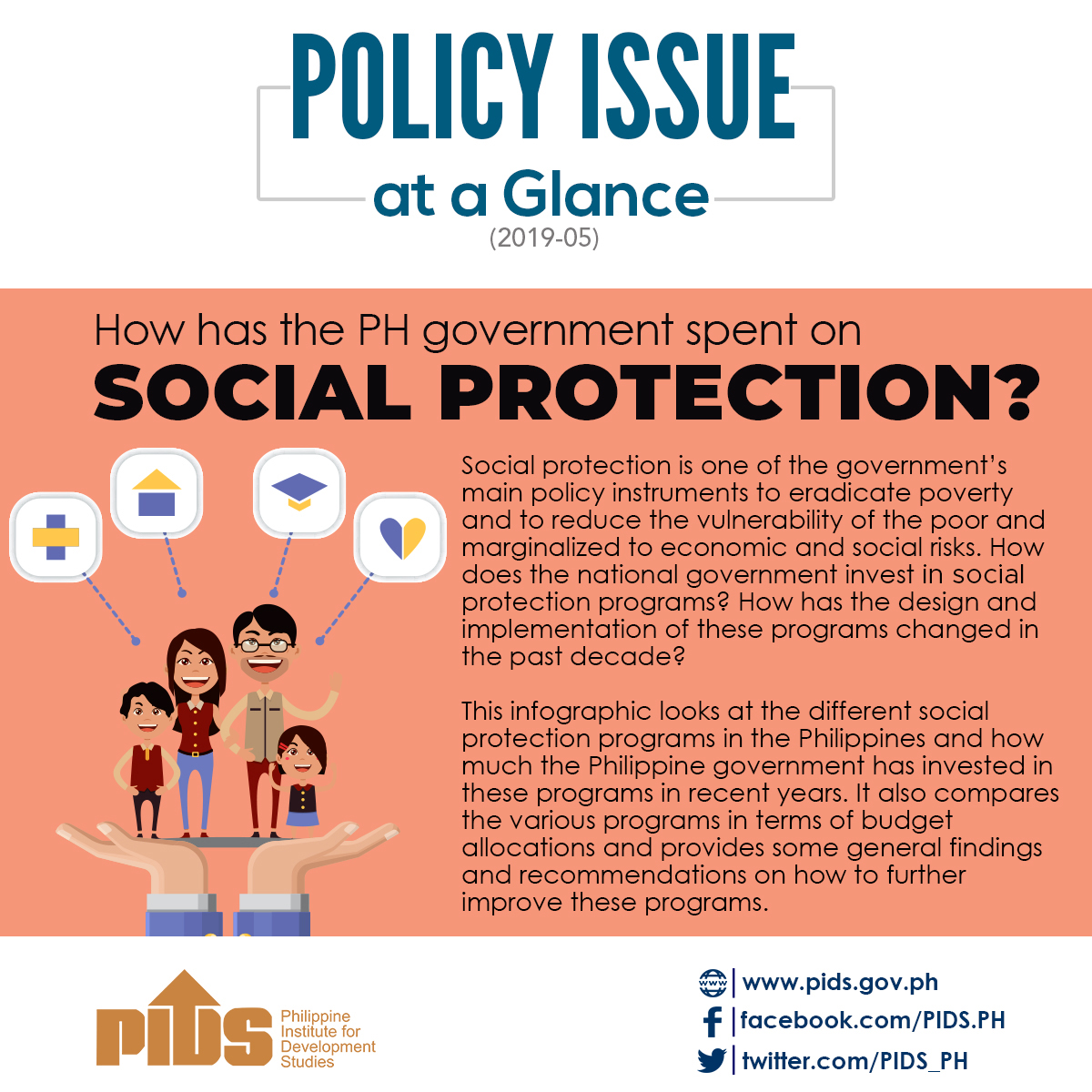Less than 500 days until the deadline, the Philippines is still far from achieving its Millennium Development Goal (MDG) commitments, according to the latest report released by the National Economic and Development Authority (Neda) and the United Nations Development Programme.
Based on the country’s fifth progress report on the MDGs, the Philippines only has a high probability to achieve two out of the seven MDGs that were included in the report. The eighth MDG pertains to Global Partnership and the indicators were not included in the report.
The two goals are Goal 4, to reduce child mortality; and Goal 8, to ensure environmental sustainability.
Further, the report showed that of the 35 indicators under the seven MDGs included in the progress report, the Philippines only has a high probability of achieving 14, or less than half, of the indicators.
"With only less than 500 days to the MDG deadline, ‘business as usual’ is no longer the practice. What we need is a strong and unified determination from all sectors, at the national and local levels, for our country to make good on our Millennium promise,” Socioeconomic Planning Secretary and Neda Director General Arsenio M. Balisacan said in the report.
Data also showed that while the Philippines has a high probability of attaining the six indicators under Goal 3, on empowering women, the country has a low probability of achieving the indicator on the proportion of elective seats held by women.
Further, on Goal 6 on combating HIV/AIDS, malaria and other communicable diseases, where the Philippines used to be regarded as an early achiever, progress has not been sustained and even reversed, particularly in the six HIV/AIDS-related indicators.
In terms of Goal 6, the country only has a high probability of achieving the malaria morbidity rate, malaria mortality rate, and the tuberculosis treatment success rate.
The report also showed that in Goal 2 on achieving universal primary education, the country only has a high probability of meeting the elementary education net enrollment rate.
The goals where the Philippines has a consistent low probability in all indicators are Goal 3, on promoting gender equality, which aims to eliminate gender disparity in primary and secondary school; and Goal 5, on reducing maternal mortality, by three quarters and increasing contraceptive prevalence rate.
On Goal 1, on eradicating extreme poverty and hunger, the Philippines only has a medium probability. The country has a medium probability of reducing poverty and hunger, as well as the prevalence of underweight children and increasing the proportion of households with per-capita intake of below 100 percent.
The report stated that the slow progress of the country in meeting the MDGs could be traced to the Philippines’ long struggle against income inequality.
The study pointed out that while the Philippines’s economic growth has been decent at an average of 5.2 percent over the last 10 years and remarkable in the past few years with the 7.2- percent growth in 2013, there was a lack of a "trickle-down effect” of the growth.
Based on the official poverty thresholds, poverty has declined from 34.4 percent in 1991 to 25.2 percent in 2012, this is still far from the MDG target of 17.2 percent by 2015.
The report stated that while the Gini coefficient, a measure of inequality, went down to 0.47 in 2012 from 0.48 in 1991, the decline in inequality has not been equal between rural and urban areas.
Inequality went down to 0.45 in 2012 from 0.47 1991, but inequality rose in rural areas to 0.45 in 2012 from 0.39 in 1991.
Further, the report stated that the growth has also not translated into enough decent jobs. The 7.1 percent unemployment rate in 2013 translates to 2.9 million unemployed persons, while about 22 percent of those employed are living below the national poverty threshold in 2009.
MDG threats
Natural and man-made shocks could make the road to achieving all the MDGs a long and difficult one.
The fifth progress report on the MDGs stated that strong typhoons and other natural disasters could reverse the MDG gains of the country and make it doubly difficult to work on other goals where the country may still be lagging behind.
"The devastation caused by Typhoon Yolanda is seen to negate the progress for the MDGs, particularly in poverty reduction. The report stresses that natural disasters and man-made shocks impede the sustainability of poverty-reduction efforts and consequently increase poverty incidence, if no appropriate social safety nets are established to empower and protect the most disadvantaged and vulnerable sectors from further risks. With extreme changes in weather patterns becoming the new norm, we need to intensify the institutionalization of climate- change adaptation and mitigation measures, particularly at the local levels,” Balisacan said.
The report stated that the physical damage of these disasters could result in a shortage of housing, schools and health facilities, which are all vital in the efforts geared toward achieving the MDGs.
These disasters and other external shocks also have the capability to move the non-poor into poverty and the poor into deeper poverty.
This has been the case in the study of Philippine Institute of Development Studies senior research fellow Celia Reyes, who said there was no significant change in the proportion of the population who are poor between 2003 and 2009, which covered shocks such as the global economic crisis.
Based on a panel dataset, 23.4 percent of the families in 2009 are classified as poor. Of these families, 47 percent are chronically poor or consistently poor all throughout 2003 to 2009. The rest were previously non-poor.
"The disasters would affect the pace of progress toward the achievement of the MDGs and may even push back progress in some target areas. For instance, damages to crops and assets may lead people to lesser income and consequently, move them into poverty,” the report stated.
"Aside from bringing about hunger and malnutrition, disasters interrupt children’s schooling, especially when schools are used as evacuation centers. Moreover, families whose houses are damaged may lose access to safe water and sanitation, and may force them to live in informal settlements,” it added.
Most MDG to be met post 2021
These natural disasters and the slow progress of the Philippines in meeting the goals can push back the country’s achievement of most goal indicators to after 2021.
In another report, titled "Key Indicators for Asia and the Pacific 2014,” the Asian Development Bank said that while some goals will be achieved in time for the 2015 deadline, most can be achieved between 2021 and 2030, or after 2030.
Data showed that around four indicators that are key to achieving several goals would be achieved between 2021 and 2030, while three indicators will be achieved post 2030.
The four indicators are achieving $1.25 in purchasing power parity (PPP) terms per day and hunger, which are under MDG 1; under-five mortality rate under MDG 4; and Antenatal care coverage under MDG 5.
The three indicators include the completion of last grade in primary school under MDG 2; infant mortality rate under MDG 4; and birth attendance by a skilled health personnel under MDG 5.
Further, data showed that there are indicators where the country is regressing and the year or date of achieving the indicators are unknown.
These indicators are the increase in primary school enrollment under MDG 2 and reduction of maternal mortality rate under MDG 5.
On a more positive note, the Philippines is an early achiever, on track, or could achieve an indicator earlier or between 2016 and 2020.
The indicator that can be achieved between 2016 and 2020 is the proportion of population using improved sanitation facilities, while the indicator where the Philippines is on track to 2015 is the one on HIV prevalence.
The indicators where the country is an early achiever includes gender and equality in secondary and tertiary education; tuberculosis incidence and prevalence; land area covered by forests; and access to water.

